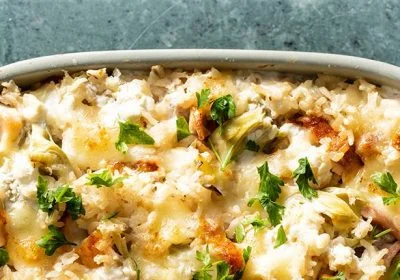A few citrus pointers:
- Despite their eye-catching appeal, color is not the most useful measure for choosing ripe citrus. Instead, go for fruit that feels solid and relatively heavy. The heavier the fruit, the juicier and tastier it is. Also, follow your nose! Perfectly ripe citrus will have a fruity aroma, particularly near the stem end on top.
- If you plan to eat your citrus within a day or two, storing it at room temp is fine. Otherwise, keep it in your fridge inside a NON-airtight container. Plastic bags and storage containers can make fruit soften and mold faster.
- Don’t forget the peel! Citrus rinds are full of fragrant, flavorful oils that can impart huge flavor to both savory and sweet recipes. When zesting citrus rind, a zester or other small rasp grater works best. Be sure to only grate the colorful surface, avoiding the white pith layer, which is bitter. Store leftover zest for up to three months in the freezer.
-
Citrus rind can also add a rich depth of flavor when left on slices in hot preparations, like the Orange Beef Stir Fry recipe below. Be sure to use fully ripe fruit with firm, bruise-free skin.
-
Let the creative juices flow – literally. A squeeze of fresh citrus juice can add brightness and flavor balance to a wide range of dishes, including soups, stir fries and curries. It’s also fantastic as part of a marinade for meat, poultry and seafood. In addition to its bold citrus tang, its natural acidity helps to tenderize protein. Room temperature citrus will yield the most juice. If fruit is extra tough, firmly roll it against a cutting board a few times before juicing.
Try any of these a-peel-ing recipes that feature citrus as a flavor star:
Orange Beef Stir Fry

Lemon Maple Drumsticks

Slow Cooker Spiced Citrus Pork Carnitas

Spaghetti with Lemon Shrimp Scampi

Quinoa Salad with Grapefruit and Avocado










